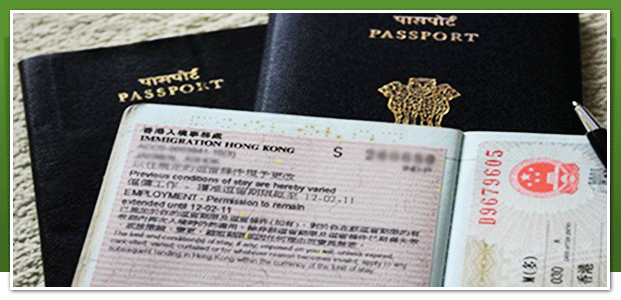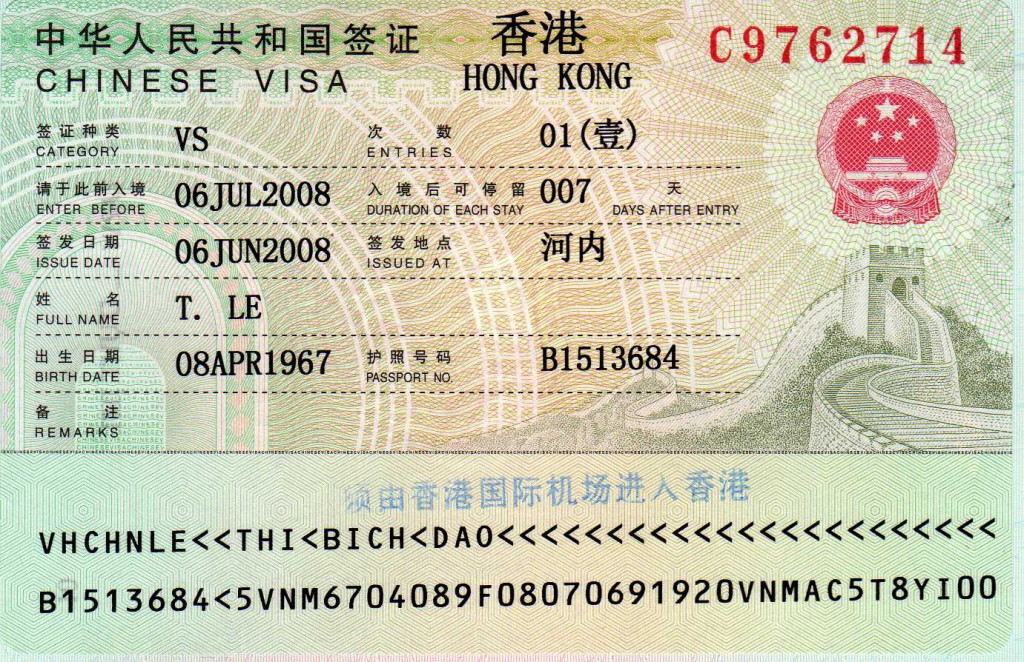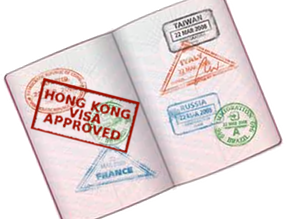Steamy and gargantuan, Hong Kong has evolved into one of Asia’s most lovable cities. Its incredible skyline – part neon, part steel-and-glass, part towering hills – is one of the most majestic in the world, but it’s a mere backdrop to the 24-hour flurry of activity that makes Hong Kong what it is.
From its boat-buzzed waterfront to its packed dim sum restaurants, its incense-smoked temples to its clattering teahouses, its street markets to its old-world hotels, Hong Kong is a destination teeming with energy. For travellers, the best advice is to go with the flow.
Situated at the mouth of the Pearl River Delta on China’s southwestern coast, Hong Kong is a city that has a remarkable mix of Eastern and Western influences. The handover of this territory from Britain to China was back in 1997, but the centuries of British rule still have a lasting legacy, tangible in everything from the grand period architecture to the local passion for horse-racing.
Even the name of Hong Kong’s centrepiece – the iconic Victoria Harbour – harks back to another era, and today there’s an international flavour to the destination that sets it apart from other Chinese cities. The gastronomy, nightlife and shopping are all world-class.
Hong Kong Island, with its glistening skyscrapers and high-end shopping malls, is in many ways the heartbeat of the city. Get down to street level, however, and the laneways, wet markets and traditional Chinese haunts are a reminder that beyond the city lies a working class populace still making ends meet the old fashioned way – and often the hard way.
It’s also worth remembering, of course, that there’s far more to Hong Kong than the city itself. Its natural attractions include hiker-friendly ranges, volcanic landscapes, pristine woodlands, sleepy islands, protected marine parks and miles of golden beaches.
LOCATION
Hong Kong is strategically located at the mouth of the Pearl River Delta in Southern China. It is within a few hours’ flight from all major cities in East and Southeast Asia, including Beijing, Shanghai, Tokyo, Seoul and Singapore.
Bordered by the Shenzhen Special Economic Zone to the north, Hong Kong has a total area of about 1,100 square kilometres.
To the surprise of many visitors, this bustling city also features lush green hill slopes, secluded beaches, leisurely rural landscape and rocky shorelines.
Hong Kong is eight hours ahead of GMT and has a sub-tropical climate.
CLIMATE
Hong Kong’s climate is sub-tropical, with temperatures dropping below 10 degrees Celsius in winter and exceeding 31 degrees Celsius in summer. It is warm, sunny and dry in autumn, cool and dry in winter, and hot, humid and rainy from spring to summer.
+ Average annual rainfall: 2 638.3mm
+ Wettest months: May
+ Driest months: January
CULTURE
Beyond the glass and steel of Hong Kong’s commercial persona, the city also boasts a vibrant cultural scene that features the eclectic influences of its Chinese roots, colonial connections and a wondrous pool of homegrown talent. Here, you’re just as likely to find yourself applauding at Asia’s top film festival as joining in dawn taichi or reading the couplets of a local poet to the drumbeat of a dragon boat. Culture could also mean indie music under the stars, a classy art walk, your first Cantonese opera – not to mention the exhibitions and events staged year-round at the many museums and concert halls.
CUISINE
Asia’s top culinary capital, the city that lives to eat is home to many a demon in the kitchen, whether the deliciousness in the pot is Cantonese, Shanghainese, Vietnamese, Japanese or European. Whatever your gastronomic desires, they’re likely be sated in Hong Kong – over a bowl of wonton noodles, freshly steamed dim sum, a pair of the sweetest prawns, your first-ever stinky tofu, or the culinary creations of the latest celebrity chef.
LANGUAGES
Chinese
Cantonese, a minority dialect of Mainland China, is spoken by 88 per cent of people in Hong Kong. Nonetheless, other Chinese dialects, such as Hakka, Taishanese and Teochiu are also present, as is Mandarin of course – China’s official dialect, which has become more widely spoken in Hong Kong since the reunification in 1997.
English
From Hong Kong’s establishment as a colonial port, through its period as a manufacturing hub, and up until its current role as an international financial centre, the city’s population has always looked outwards. As a result, English is widely spoken. Today, it is the language of preference in the government, business and tourism sectors. All official signs and public transport announcements, as well as most menus, are bilingual. As a visitor, you can expect to encounter minimal problems communicating in English as most taxi drivers, salespeople, tourism industry employees and police have reached competent levels of the language. In fact, many locals even pepper their Chinese speech with English words and phrases.





